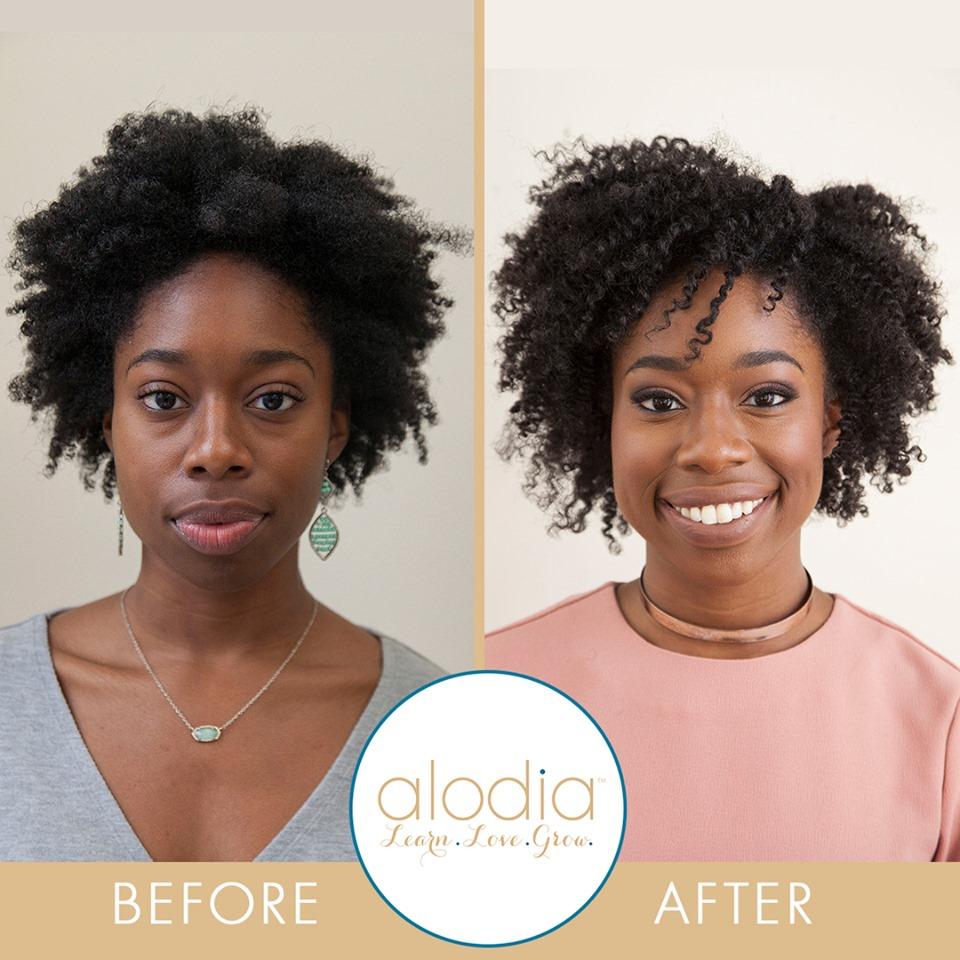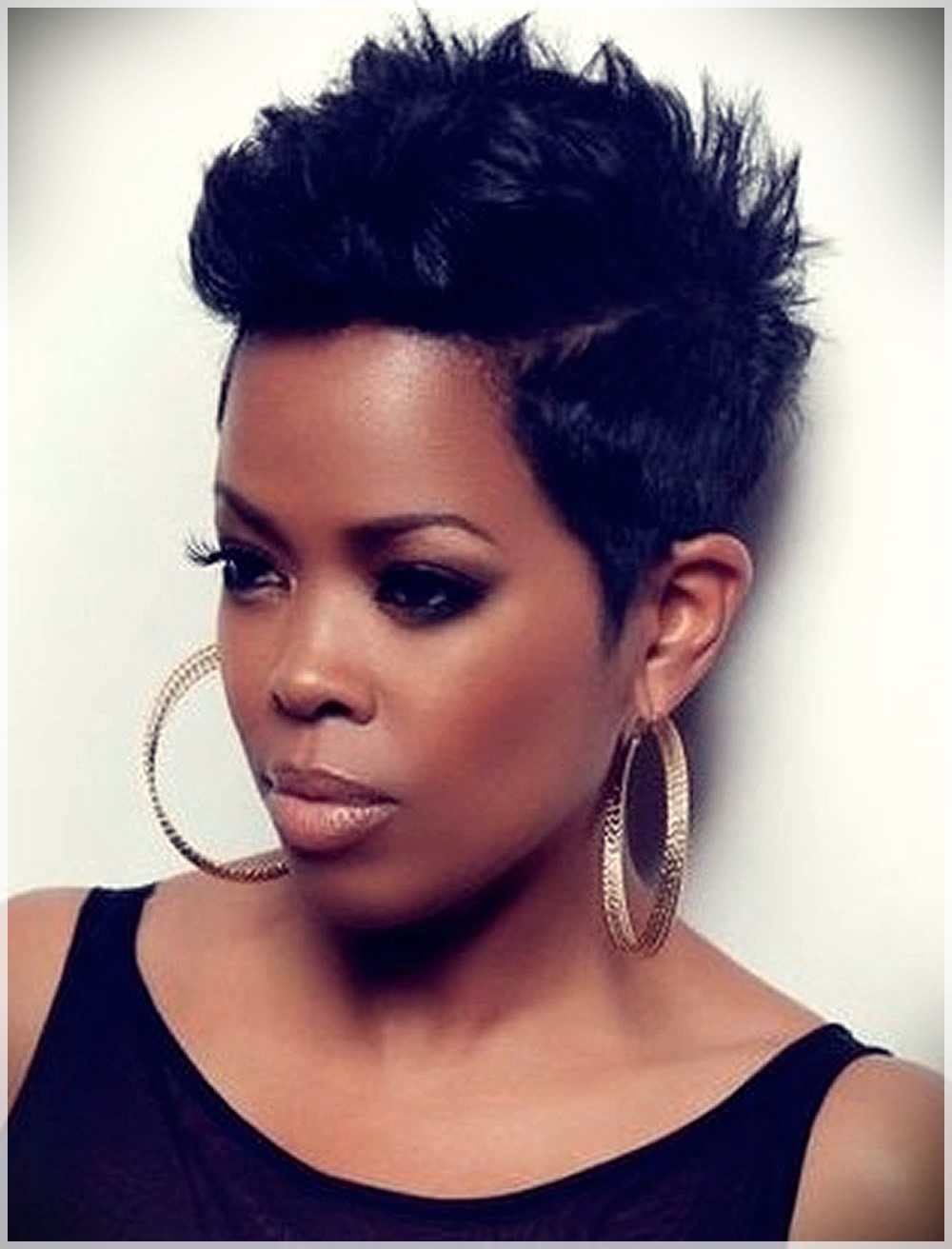
If your hair takes an extended amount of time to feel wet after cleansing, your porosity could be low. In this instance, products like deep conditioners and water-based formulas may sit atop rather than be absorbed into strands.
Drop a single strand into room-temperature water.
If it floats before sinking, your hair has low porosity. Otherwise, if it immediately submerges and drops immediately, this indicates high porosity.
Cuticles
Have you ever noticed when applying conditioner that it sits on top of your locks instead of penetrating them? This could be a telltale sign of low porosity as cuticles in low-porosity hair are tightly shut, preventing moisture from penetrating each strand.
Low porosity hair can be caused by specific products or styling practices that leave residue, blocking its pores and leaving your locks looking and feeling heavy and dull. Furthermore, low-porosity locks may become more susceptible to frizzing and breakage as their strands cannot quickly absorb or release moisture.
To combat this, utilize a clarifying shampoo on wash day to clear away product buildup, followed by deep conditioning treatments that lift cuticles to allow water and products into your strands more readily. In addition, regular trims are crucial in maintaining healthy hair without split ends forming.
Moisture
Low-porosity hair has an outer layer with flat cuticles that don’t absorb as much moisture or hair products as other types, it takes longer for conditioner or treatments to penetrate its strands, and any residue can remain on its surface.
Utilizing lukewarm water when shampooing your hair and adding heat via steam or hot oil treatments can open up your cuticles and allow products to penetrate more easily. In addition, leave-in conditioners containing humectants such as honey, aloe vera gel, or glycerin can add a hydration boost.
Avoid silicones and heavy oils, as these may block moisture from penetrating the hair shaft and contribute to buildup. Look for lightweight oils such as shea butter, mango seed butter, or coconut oil, which help lock in moisture for ultimate moisture sealant properties. If buildup is an issue for you, clarifying shampoo can also be helpful to keep both scalp and locks free from buildup.
Protein
Low-porosity hair tends to have protein-rich cuticles, leading to buildup that clogs pores and inhibits its ability to retain moisture. Therefore, regularly clarifying shampoo, particularly before starting deep conditioner treatment, is vital.
Avoid products high in oils or butter, as these can weigh down strands, preventing moisture from penetrating them. A lightweight shampoo with moisture-rich ingredients like honey or glycerin could be effective. Try a leave-in moisturizer such as the Born to Repair Defining Cream, which contains shea butter to lock moisture into your hair strands and nourish its nourishment.
Use film-forming humectants to keep your locks moist; some great examples are slippery elm, marshmallow root, aloe vera gel, flaxseed gel, nettle extract, and burdock root, as well as hydrolyzed baobab seed protein.
Heat
People with low porosity hair should choose products with light textures, as thick butter and creams tend to stay on their strands rather than be absorbed, leaving heavy buildup behind.
Apple cider vinegar rinse is an effective home solution for those with low porosity hair, helping loosen buildup while increasing profound conditioning effectiveness.
Temperature-activated conditioners and oil treatments, like Curlsmith Essential Moisture Serum, can also help penetrate tightly wound hair cuticles to let moisture seep in and replenish moisture stores. Therefore it’s crucial that when applying conditioner or oil treatments with heat, they use thermal caps or steamers – specifically those made explicitly for curly locks -. Heat can also help strengthen bonds between individual strands of hair.

